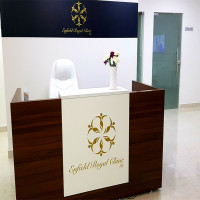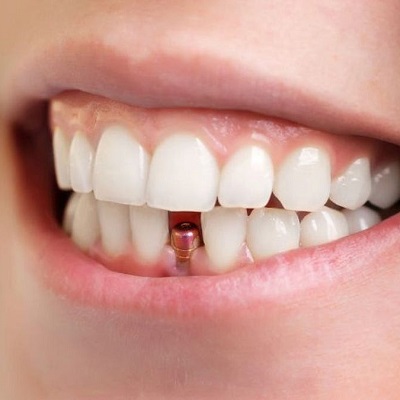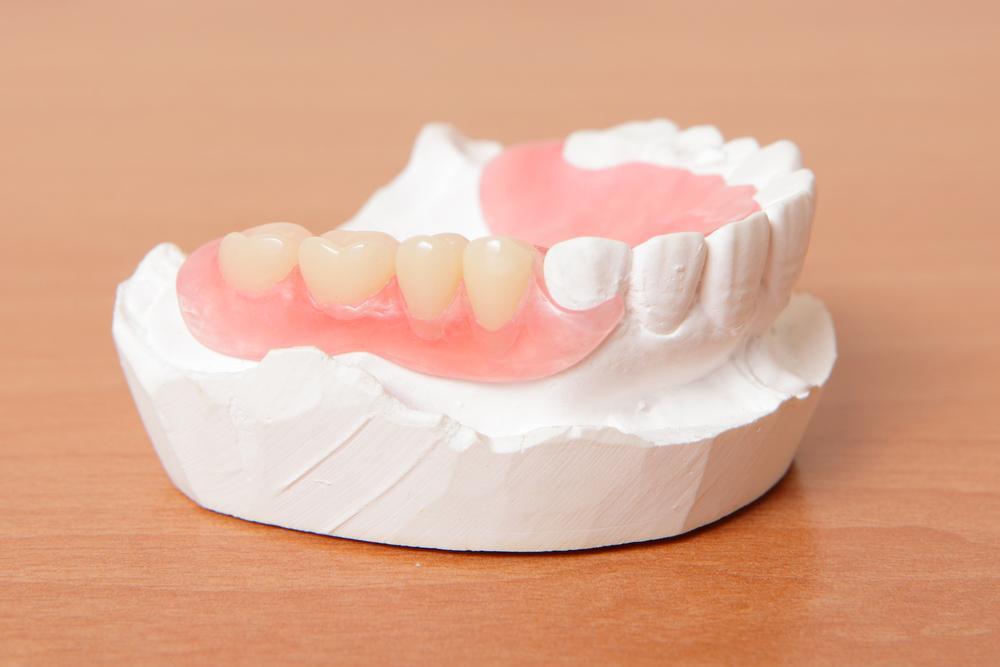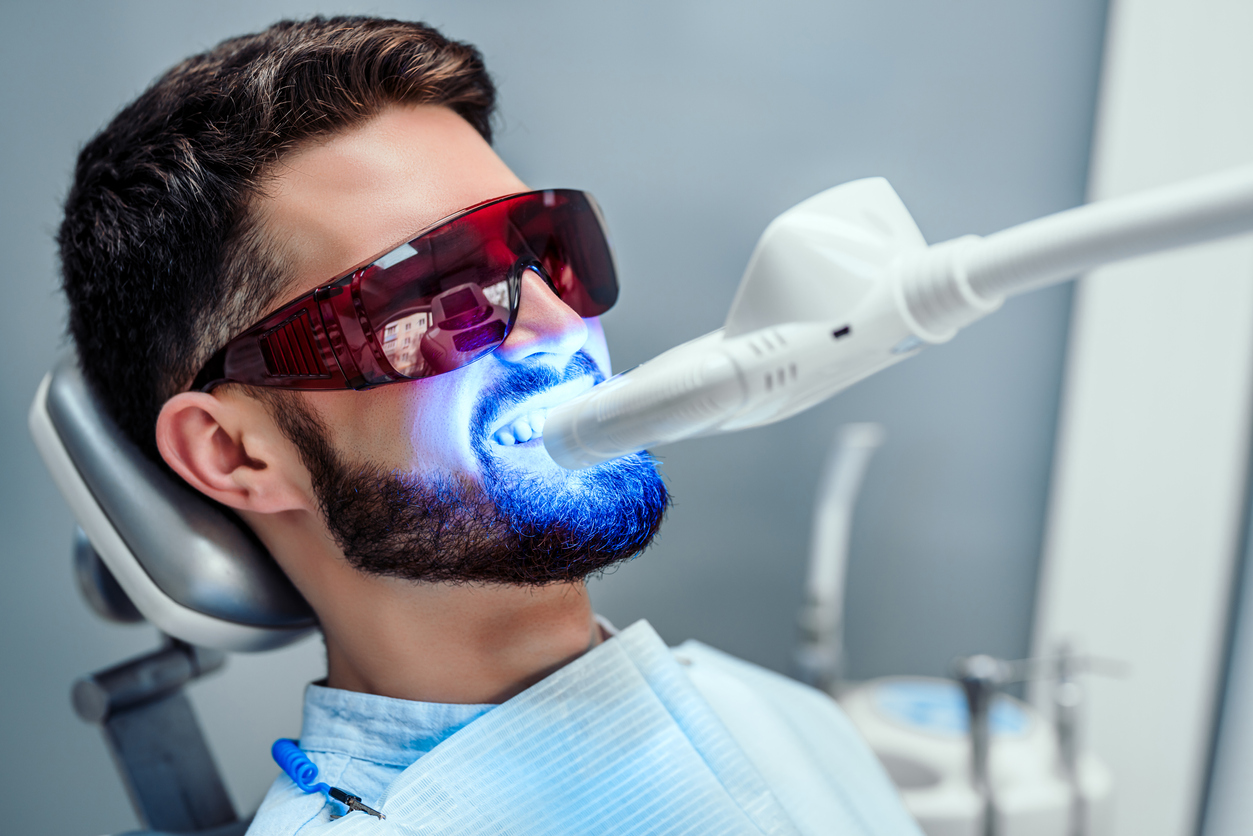The Science Behind Orthodontic Treatments
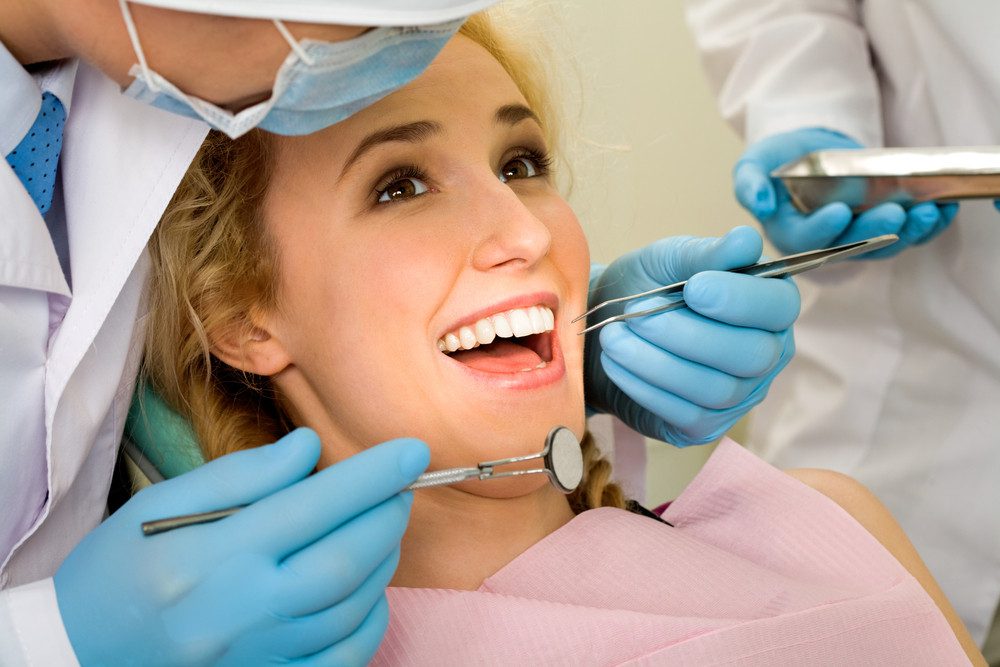
Strong 8k brings an ultra-HD IPTV experience to your living room and your pocket.
Orthodontic treatments are more than just about straightening teeth – they involve a complex science that targets the alignment of teeth and jaw structures to improve both aesthetic appearance and functional bite. Orthodontists in Dubai use the latest scientific advancements and technologies to help patients achieve optimal results. Understanding the science behind orthodontic treatments can help you appreciate the careful planning and expertise required for each procedure, ensuring the best outcomes for your dental health and overall well-being.
How Orthodontic Treatments Work:
At the core of orthodontic science is the understanding of how teeth move over time. When braces, clear aligners, or other orthodontic devices are used, they apply gentle pressure to the teeth, which gradually shifts them into the desired position. Here’s how the process works:
Gentle Pressure: Orthodontic devices like braces use consistent, gentle pressure on the teeth to create movement. Over time, this pressure causes the bone surrounding the teeth to remodel, allowing the teeth to shift into new positions.
Bone Remodeling: As pressure is applied to a tooth, the bone on one side of the tooth becomes resorbed (broken down), while the bone on the other side of the tooth is rebuilt (deposited). This process, called bone remodeling, is the key to moving the teeth into alignment.
Gradual Process: The movement of teeth is gradual and typically takes several months to a few years, depending on the complexity of the case. Orthodontists in Dubai carefully monitor the progress and adjust the devices as necessary to ensure optimal results.
The Role of Braces and Other Devices:
Braces, clear aligners, and other orthodontic devices play a vital role in guiding the teeth into their proper positions. Each device works slightly differently but follows the same principle of applying controlled force to the teeth.
Traditional Braces: Braces consist of metal brackets attached to each tooth, connected by a wire. The wire is tightened during periodic visits, applying pressure to shift the teeth. Braces are effective for complex cases and can treat a wide variety of dental issues, from crooked teeth to bite problems.
Clear Aligners: Clear aligners, such as Invisalign, are a more discreet alternative to traditional braces. These custom-made, removable trays are worn over the teeth and gradually move them into position. Aligners are popular among adults and teens who want a less noticeable treatment option.
Retainers: After the active phase of orthodontic treatment, retainers help maintain the position of the teeth. Retainers prevent the teeth from shifting back to their original positions and are essential for maintaining the long-term results of orthodontic treatment.
Biological Factors in Tooth Movement:
The movement of teeth is not just about mechanical forces; it also involves biological processes that take place within the tissues surrounding the teeth. Orthodontists must consider these biological factors when planning and executing treatment.
Soft Tissue and Gums: The gums and other soft tissues surrounding the teeth also play a role in tooth movement. Orthodontists must ensure that these tissues remain healthy throughout treatment to avoid complications.
Age-Related Factors: Age can influence the speed and ease with which teeth move. Younger patients tend to have faster and more predictable tooth movement because their bone structures are more flexible. Adults may experience slower movement, but orthodontic treatment can still be highly effective.
Genetics: Genetics also affect how teeth and bones respond to treatment. Some individuals may experience faster or slower tooth movement depending on their genetic makeup. Orthodontists consider this when planning treatment to ensure the best results.
Types of Orthodontic Treatments and Their Applications:
Orthodontists in Dubai offer a variety of treatment options tailored to different needs. Each treatment option is designed to address specific dental issues and provide the best possible outcome.
Braces for Crooked Teeth: Traditional braces are highly effective for treating crooked teeth. The brackets and wires work together to apply gentle pressure, guiding the teeth into a more aligned position over time.
Treatment for Overbite or Underbite: Braces can also be used to correct bite issues, such as overbite (when the upper teeth overlap the lower teeth) or underbite (when the lower teeth protrude beyond the upper teeth). These conditions are addressed by adjusting the alignment of both the teeth and the jaw.
Clear Aligners for Minor Adjustments: Clear aligners are a great option for individuals who need minor adjustments. They are often used for patients with mild crowding or spacing issues. The aligners are removable, making them more convenient for daily activities like eating and brushing.
Expander Devices: For patients with narrow upper jaws, an expander device may be used to widen the jaw. This allows for better alignment of the teeth and a more harmonious bite.
The Importance of Regular Adjustments:
One of the key factors in the success of orthodontic treatment is regular adjustments. Orthodontic treatments are not a “set it and forget it” process; they require periodic visits to the orthodontist to ensure that the teeth are moving as planned.
Monitoring Progress: Regular appointments allow the orthodontist to monitor the progress of treatment and make necessary adjustments. This ensures that the teeth are moving in the right direction and that the force being applied is effective.
Adjusting the Pressure: As teeth move into position, the orthodontist will adjust the wires, bands, or aligners to continue applying the correct amount of pressure. These adjustments help keep the treatment progressing smoothly.
Addressing Complications: Sometimes, complications such as broken brackets or discomfort may arise during treatment. Regular visits provide the opportunity for the orthodontist to address any issues promptly, preventing delays in treatment.
The Role of Technology in Orthodontic Treatments:
Advancements in technology have revolutionized the field of orthodontics. Orthodontists in Dubai use state-of-the-art technology to enhance the precision and effectiveness of treatment. Here are some technological innovations that are improving orthodontic care:
3D Imaging and Scanning: 3D imaging and scanning technologies allow orthodontists to create highly accurate models of the patient’s teeth and jaw. This helps in planning the treatment with precision and monitoring progress in real time.
Digital Treatment Planning: Digital treatment planning software enables orthodontists to map out the entire course of treatment, taking into account various factors such as tooth movement, bone structure, and desired results. This technology leads to more efficient and effective treatments.
Customized Braces and Aligners: With the help of digital technology, orthodontists can now create customized braces and clear aligners that fit perfectly to each patient’s unique dental structure. This customization enhances comfort and ensures more accurate results.
The Psychological Benefits of Orthodontic Treatment:
Beyond the physical changes, orthodontic treatments can have a significant psychological impact. A beautiful smile boosts self-esteem and confidence, leading to improved social interactions and overall well-being. Here are some of the psychological benefits of orthodontic treatment:
Enhanced Confidence: Straightening your teeth can have a profound impact on your self-image. Many patients report increased confidence and comfort when smiling and speaking after completing orthodontic treatment.
Improved Mental Health: Achieving the smile you’ve always wanted can improve your mental health by reducing anxiety and social self-consciousness. This leads to a more positive outlook on life and better mental well-being.
Conclusion:
The science behind orthodontic treatments is a fascinating combination of biology, physics, and cutting-edge technology. Orthodontists in Dubai use this science to help patients achieve healthier, more beautiful smiles. Whether you're correcting misalignment, bite issues, or simply improving the appearance of your teeth, understanding the principles of orthodontics can help you appreciate the complexities involved in your treatment. By working closely with a skilled orthodontist, you can ensure a successful and efficient treatment plan that leads to lasting, positive results.
Readmore about: Braces Maintenance Tips from Orthodontists
Note: IndiBlogHub features both user-submitted and editorial content. We do not verify third-party contributions. Read our Disclaimer and Privacy Policyfor details.

